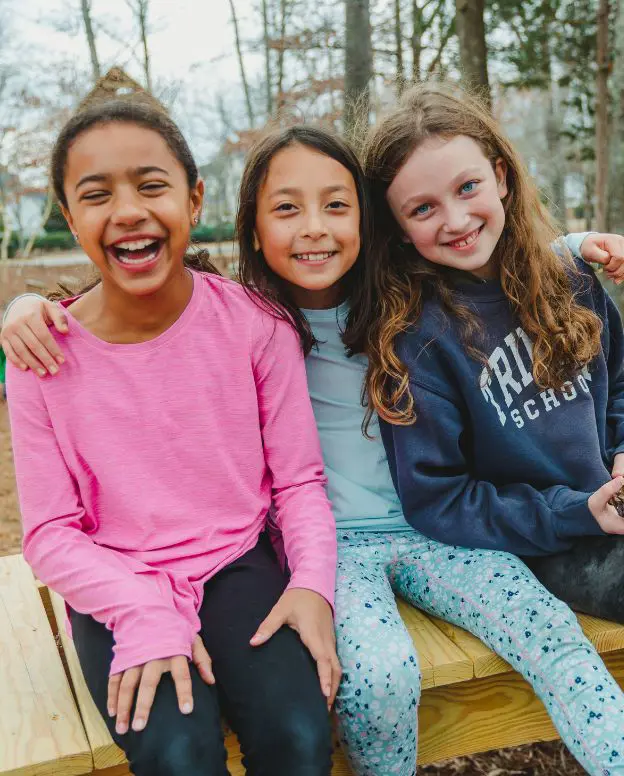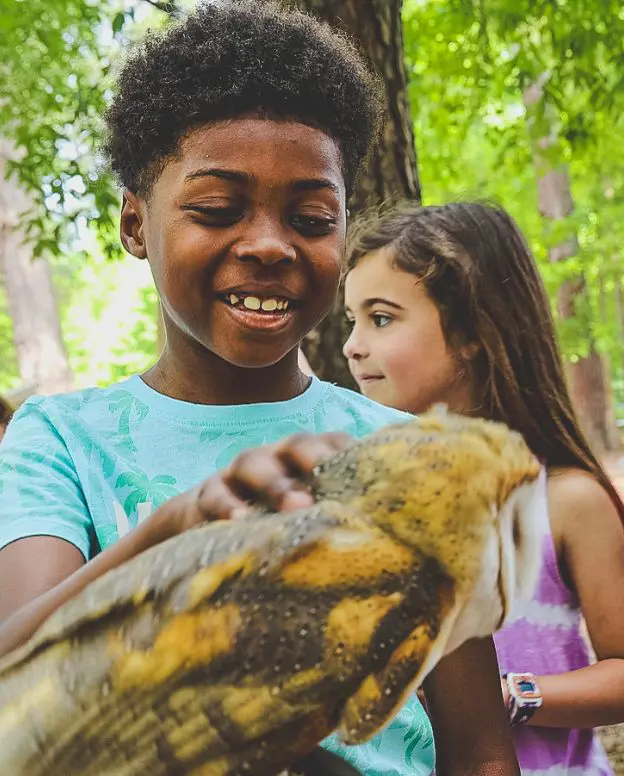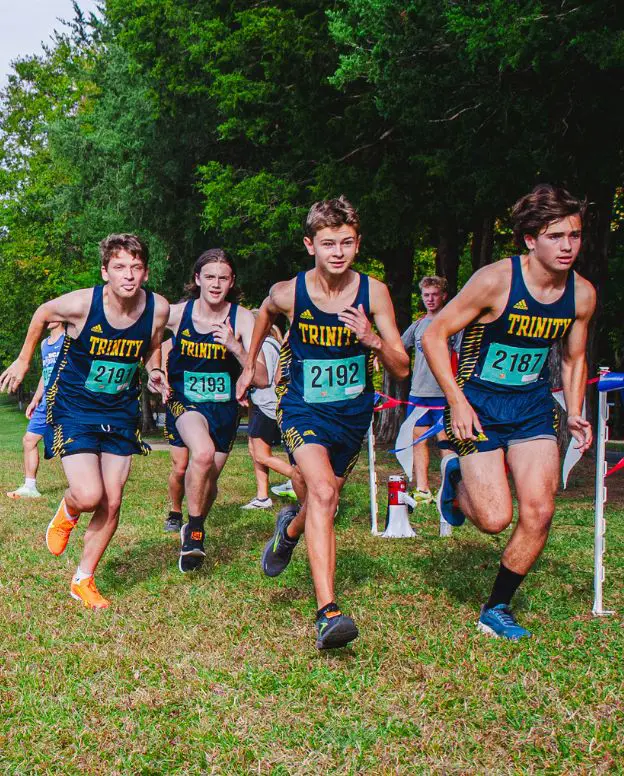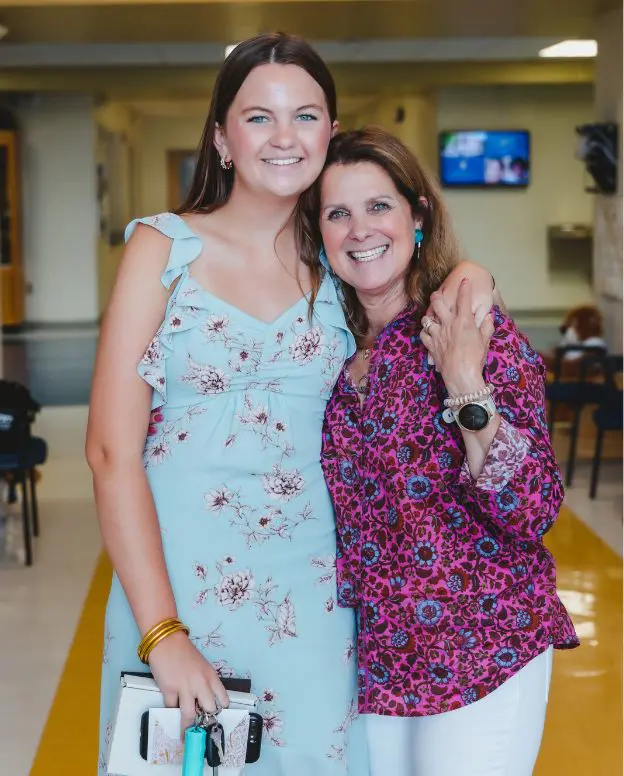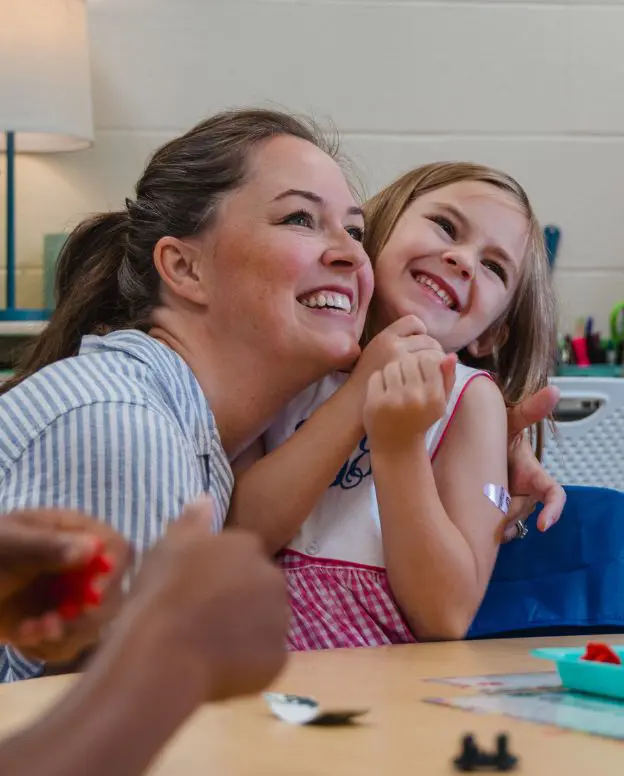In early October, the eighth grade students hopped on a bus to visit Historic Stagville, a designated state historic site that preserves the vestiges of one of North Carolina's most expansive plantations. Their history teacher and guide on this exploration, Spencer Dicks, says about the endeavor,
We want our students to grapple with some of the troubling aspects, stories, and systems from the past. But we also want to embrace the perseverance, resilience, courage, and ingenuity of individuals who found ways to fight against injustice and bring about positive change.
Historic Stagville is dedicated to teaching about the lives and work of the 900 people who were once enslaved there. Stagville safeguards a portion of this 30,000 acre plantation, encompassing the preservation of original slave quarters constructed in 1851, a colossal barn dating back to 1860, and the Bennehan family residence, which was erected between 1787 and 1799. This is a setting for rich learning. I enjoyed speaking to some of the students after the trip to hear their stories.
Blaise Booker remarked, “Experiencing the humid air, feeling the texture of the walls and wood, and knowing the truth and reality of Stagville is something I do not want to forget.”
While at the site, students were invited to sit quietly and sketch what they saw. Julienne Rivers had this to say about that experience: “Seeing how my ancestors lived with tight quarters and unjust treatment was eye-opening. I feel empowered that they accomplished so much. Sitting down and drawing the house they built with its hand-made bricks helped me see the big picture, thinking about how much hard work and sacrifice they had to make.”
Maeve Quigley also noted the difference between classroom and experiential learning.
Walking on the same ground as former enslaved people was totally different than learning about it in class. Seeing the chimney they built themselves, including fingerprints that are frozen in time, brought things to life in a whole new way.
Those fingerprints on the chimney proved a memorable moment for many students. Shiloh Wong shared, “[The fingerprints] showed the human side—that people were really forced to work there. And I was surprised to learn that people worked on that plantation as sharecroppers until the 1970s.”
The saying that those who don’t learn from history are doomed to repeat it can apply on many levels here. First, it gives me hope that the coming generation is learning about the past, delving into its horrible injustices, all while coming away inspired by those who suffered. We see this echoed throughout the scriptures as God uses suffering to draw us closer to him.
For this light momentary affliction is preparing for us an eternal weight of glory beyond all comparison, as we look not to the things that are seen but to the things that are unseen. For the things that are seen are transient, but the things that are unseen are eternal.
(2 Corinthians 4:17-18, ESV)
For me, the saying also hits another way. I absolutely love learning new things—that’s been a constant in my life. But since I didn’t learn to love history the first time around, I am eager and excited for another chance to join my four kids this go-around. I’m looking forward to the rich discussions ahead as we learn together. Coming to our living room soon: Ken Burns’s 11½ hour documentary, The Civil War.


